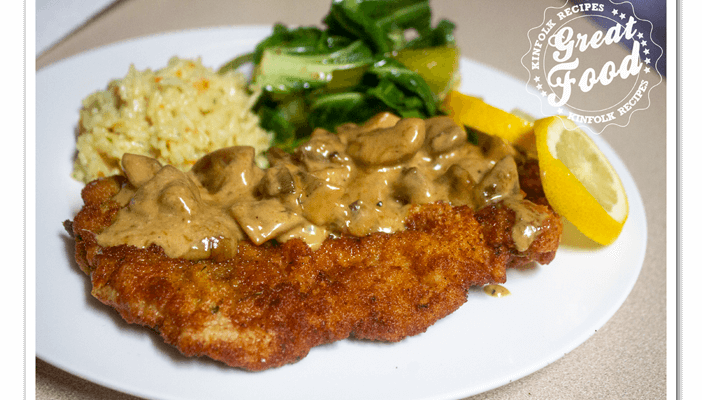A frikandel (plural frikandellen) is a Dutch snack, a sort of minced-meat hot dog,developed in 1959.
It is a long, skinless, dark-coloured sausage that is eaten hot. Unlike other sausages, a frikandel is deep-fried. Sometimes it is served on a bun and is then called a broodje frikandel. In Belgium it is mostly called a “curryworst”. Due to the absence of skin, one could argue that it technically isn’t a sausage.
In the Netherlands, Belgium and Curacao, the frikandel mainly consists of a mixture of pork, beef, chicken, and by some manufacturers, horse meat.
It is usually served with curry ketchup sauce and/or mayonnaise, though some people eat it with tomato ketchup. A frikandel with mayonnaise, curry ketchup sauce and chopped onion comprises a frikandel speciaal. The frikandel speciaal usually has a deep cut in the middle to provide room for the chopped onions and the sauces. For best results, the cut is made before frying the frikandel.
In many other countries, including South Africa, Denmark and Germany, frikadel or frikadelle (not to be confused with frikandel) is the local name of minced-meat meatballs or patties like those used in hamburgers.
It took me a while to get this the way I wanted it. From what I have been told it taste just like at home 🙂
I used to roll them which was a major pain, they used to fall apart when I was boiling them. Then I came on this idea, hey why not use somekind of a tube and stuff them. So I went to the local hardware store and bought 2″ diameter pvc tube. Ask them to cut the tube in 7 1/2″. Don’t be surprised when they ask you:”what do you need that for?” Well you can imagine how surprised they were when I replied :”I am making frikandellen ……” I think they only heard part of the word freak lol. Initially I had bought them in 1″ diameter and that didn’t work for me that would give me the size of a hotdog, and you don’t want that because if you are like me you want to slice them in the middle and add the onions, mayo and curry ketchup.








